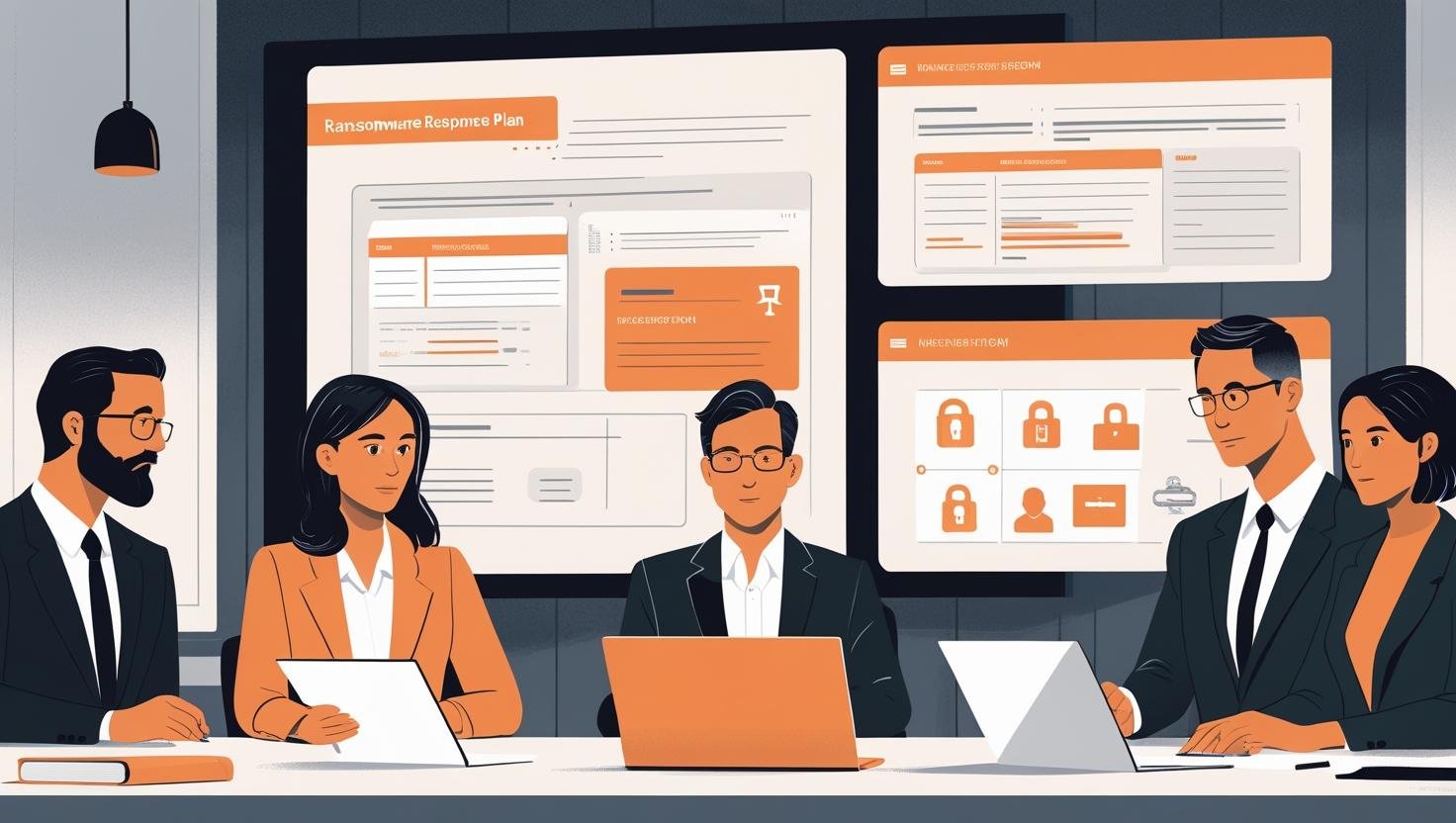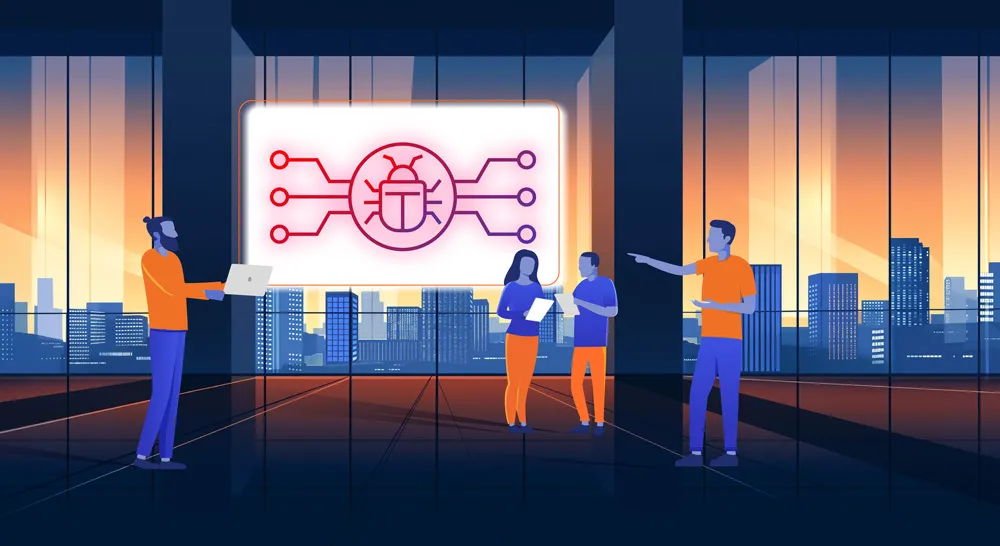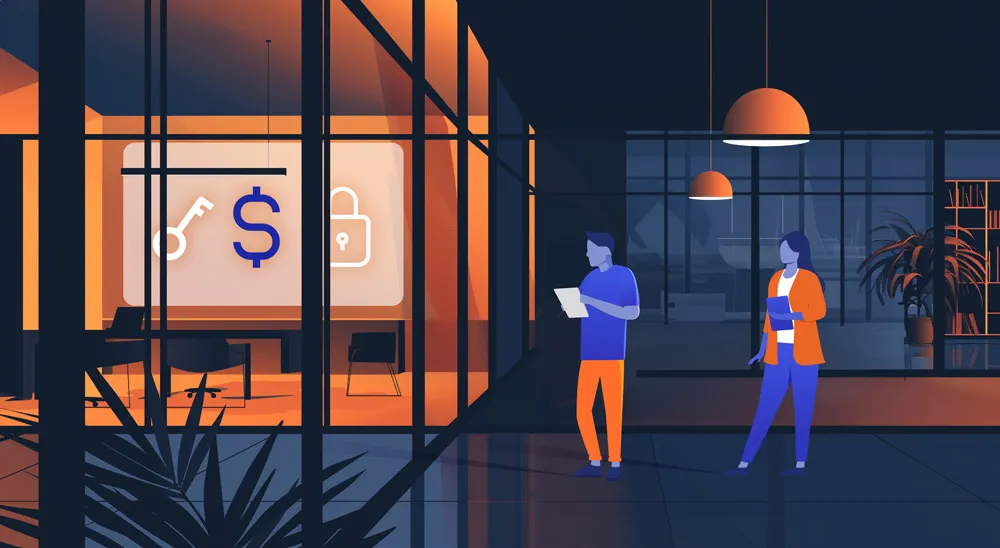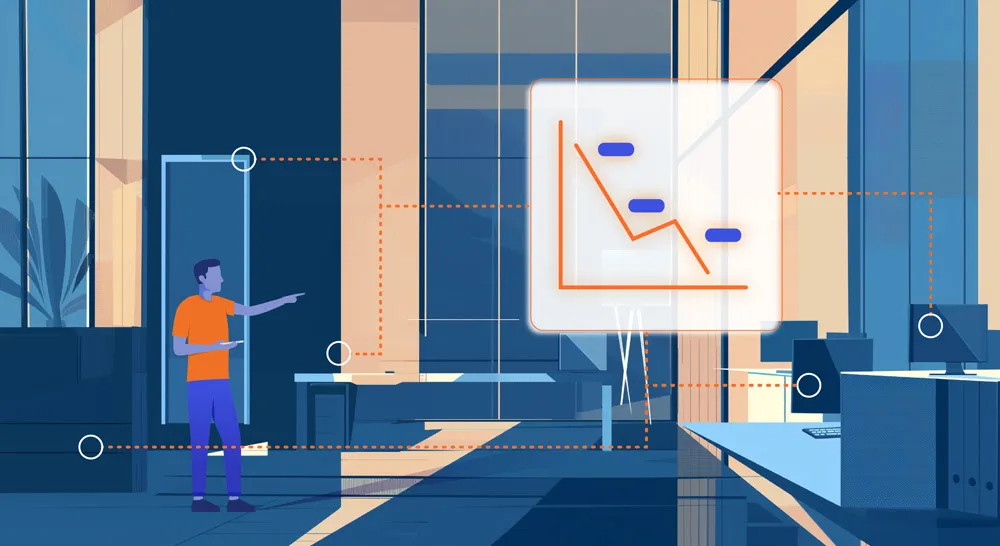
Businesses used to keep their IT equipment, servers, software, and data on-premise. Yet, as companies throughout the world realized the benefits of migrating to the cloud, the adoption of cloud technology has grown significantly in recent years.
Cloud computing technology enables businesses to operate complicated apps with microservices, cut costs with on-demand storage, and allow remote access to workplace systems and information from anywhere in the globe. Now, several companies have begun using the cloud for data analytics.
As the trend of remote work rises, particularly in the aftermath of the COVID-19 epidemic, an increasing number of businesses are shifting to the cloud. As a result, cloud migration services are gaining popularity like never before.
In this post, we’ll detail what cloud migration includes. We’ll also discuss other essential cloud migration choices, such as consulting for cloud migration strategy, cloud migration technologies, cloud migration architecture, cloud migration improvement, and more. Essentially, this post is a how-to guide for migrating to the cloud.
Secure From Cyber Attack Beforehand
Let’s look at some of the important security policies that should be implemented to prevent risks and secure the safety of your organization before, during, and after initiating the cloud migration process.
Understand Your Data
The first step is to identify the data that will be transferred. Understanding the data’s usage, storage, and retention policies is part of this process.
Consider a Phased Migration
When cloud migration is done in stages, it allows different teams to become acquainted with cloud technology. It is advised to start the phased migration by transferring the low-priority data to test setups and figuring out any security vulnerabilities before transferring the crucial business data. This helps businesses to carefully plan every step of the relocation process and prevent mistakes that could jeopardize data security or give illegal access to any third party.
Secure Your APIs
Application Programming Interfaces (APIs) serve as conduits for information exchange between various environments. They are thus a top target for cybercriminals. Securing APIs is crucial during the entire cloud migration process.
Backup Your Data
As data is transferred from one company server to another, there is always the chance that part of it will be lost in transit. As a result, data backup becomes necessary.
Encrypt Your Data During Transit
Encrypting data in transit is a reliable method of protecting information from attack. Data encryption adds a further level of security. Enterprises must also verify that any encryption keys and passwords are securely stored and that regular backups of the data are performed.
Insider Threats
Security threats can come from within the organization in addition to external security threats like ransom or phishing attempts. They are known as insider threats, and they may appear as theft, sabotage, espionage, or unintentional human error. These dangers could cost businesses a lot of money or damage their reputation, whether or not they have malicious motives. Hence, businesses must create a robust threat model that focuses on identifying and resolving insider threats and security breaches
Protect New Technology From Cyber Attack
When developing a cloud migration strategy, a corporation must consider two factors. The deployment model—public, private, hybrid, and multi-cloud—should be taken into account initially. The second component is the type of service. Which service model will it take: SaaS (Software as a Service), PaaS (Platform as a Service), or IaaS (Infrastructure as a Service)?
Your business can choose from a variety of different migration approaches. From a straightforward lift-and-shift procedure known as re-host, which involves moving data and applications from a local, on-premises data center to the public cloud, to switching to a completely new cloud-based operating system (re-platform), which has the benefit of lowering operational costs, to upgrading application components to comply with new standards (re-factor). A cloud migration, on the other hand, could comprise moving data and apps from one cloud service or provider to another, a process known as cloud-to-cloud migration. A third form of migration is unclouding, also known as reverse cloud migration or de-clouding, in which data or applications are relocated from the cloud to a local data center.
The correct migration plan is critical to a smooth transfer. Due to the ongoing evolution of cloud technologies, infrastructure, and design, planning is essential. The first challenge will be deciding which service to use. Snowflake, Google Cloud, and Amazon Web Services are big industry players; a modern data engineer should be familiar with all of them.
Many large companies have started to favor a hybrid, or multi-cloud, approach. According to a recent survey, 81% of businesses have adopted a multi-cloud strategy. Businesses can allocate different applications to different cloud warehouses based on their requirements, and they can even combine public and private clouds for optimal cost-effectiveness.
An additional method for handling the technical aspects of the actual migration process is a third-party supplier. It might be a comfort to relieve all of the stress of the move. Choose a service provider with a solid track record of satisfying customers and broad platform knowledge.
Conclusion
Cyber attacks might be frightening, but cybersecurity as a subject does not have to be. It is crucial to be ready and prepared, especially if you are handling the data of others. Companies should invest time and resources in safeguarding their software, servers, networks, and computers. They should also stay current with emerging technologies.
Carefully handling data makes your company more trustworthy and transparent – and your consumers more loyal.
Your Complete Cyber Security Partner:
Every Step, Every Threat.
At CYPFER, we don’t just protect your business—we become part of it.
As an extension of your team, our sole focus is on cyber security, ensuring your peace of mind. From incident response and ransomware recovery to digital forensics and cyber risk, we integrate seamlessly with your operations. We’re with you 24×7, ready to tackle threats head-on and prevent future ones.
Choose CYPFER, and experience unmatched dedication and expertise. Trust us to keep your business secure and resilient at every turn.

Get Cyber Certainty™ Today
We’re here to keep the heartbeat of your business running, safe from the threat of cyber attacks. Wherever and whatever your circumstances.
Contact CYPFER





